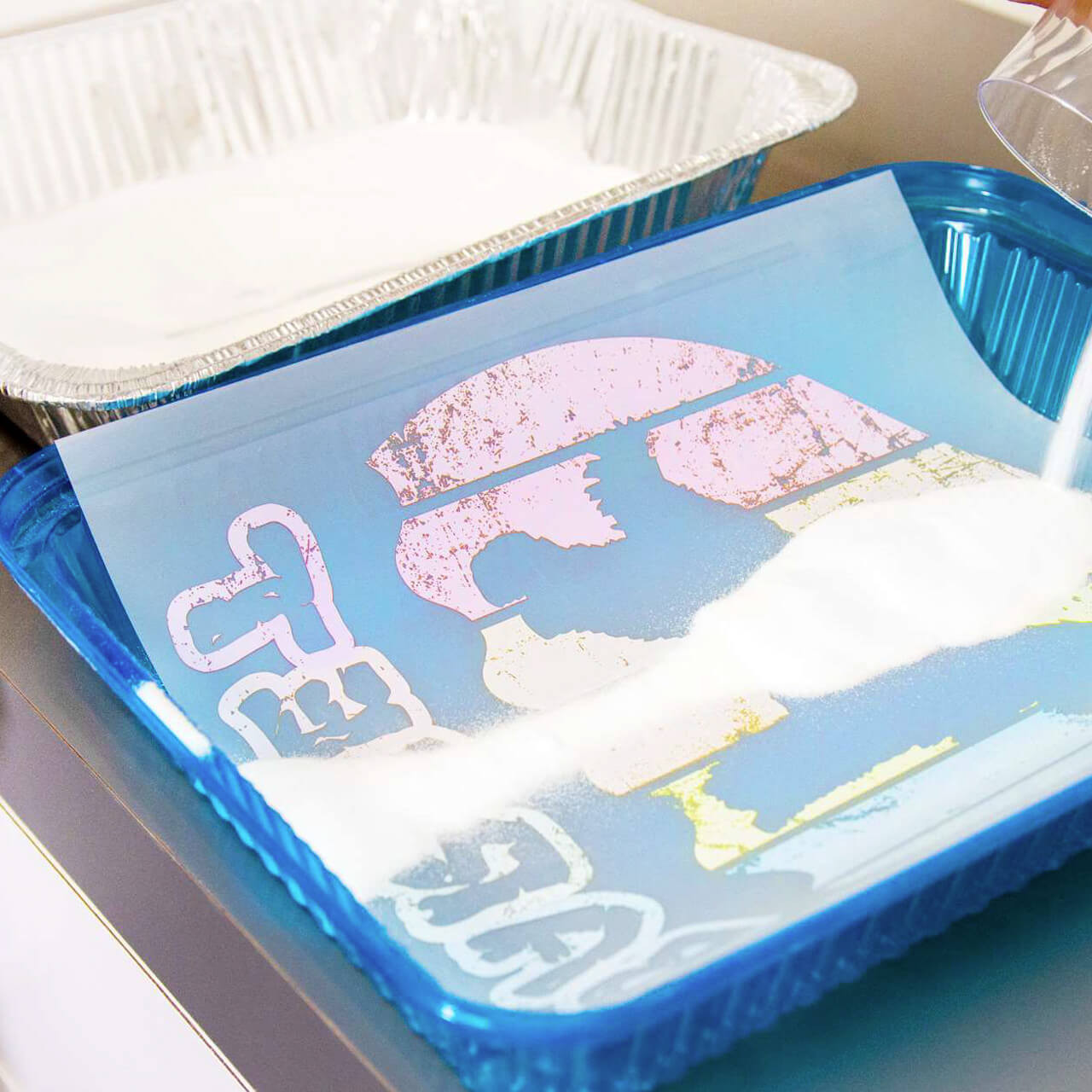In recent years, Direct-to-Film printing (DTF) has become a popular choice for printing designs on various fabrics. Whether you’re in the apparel industry or simply looking to create custom designs, this printing method offers several advantages. In this blog, we’ll break down DTF printing in simple terms, so you can understand why it’s gaining attention.
What is Direct-to-Film Printing?
Direct-to-Film printing is a process where designs are printed onto a special film and then transferred onto fabric. Unlike traditional screen printing or direct-to-garment (DTG) methods, this technique uses a PET film that allows for vibrant, detailed prints. Once the design is printed on the film, it is coated with adhesive powder and heat-pressed onto the fabric.
This process can be used on a wide range of fabrics, making it ideal for clothing, accessories, and even home décor items.
How Does DTF Printing Work?
The DTF printing process involves a few steps:
- Printing the design: A digital printer is used to print the design onto the PET film using special inks.
- Applying adhesive powder: The printed film is coated with an adhesive powder, which helps the design stick to the fabric.
- Curing: The film is heated to cure the adhesive, ensuring it bonds well with the fabric.
- Transfer: The design is placed on the fabric, and a heat press transfers the image from the film to the fabric.
This method produces high-quality prints with excellent durability Click here
Advantages of Direct-to-Film Printing
- Versatility: One of the biggest advantages of direct-to-film printing is its ability to work on a variety of materials, including cotton, polyester, and blends. This makes it a versatile choice for printing on different types of fabrics.
- Cost-Effective for Small Runs: Unlike other methods, such as screen printing, which can be costly for small orders, DTF printing is more affordable for low-volume prints. This makes it ideal for custom designs or small batches of products.
- Vibrant Colors and Detail: The DTF printing process produces bright, bold colors and can capture intricate details. It’s perfect for designs with fine lines or complex patterns.
- Durability: Prints made using direct-to-film methods are durable and can withstand multiple washes without fading or cracking, making it a reliable option for long-lasting prints.
What You Should Consider
While direct-to-film printing offers many benefits, there are a few things to keep in mind. The process requires specialized equipment, including the PET film and a heat press. However, many printing shops offer DTF printing services, so you don’t necessarily need to invest in the equipment yourself.
Additionally, while DTF printing is ideal for small to medium batches, it may not be the most cost-effective option for extremely large-scale productions. In such cases, traditional screen printing might be a better fit.
Conclusion
Direct-to-film printing is a fantastic choice for anyone looking to print high-quality, vibrant designs on a variety of fabrics. Its versatility, durability, and affordability make it an appealing option, especially for small businesses or individuals who want to produce custom products. By understanding what DTF printing is and how it works, you can make informed decisions about your next printing project.
In short, DTF printing is a reliable, cost-effective, and versatile printing method that is worth considering for your next project!
